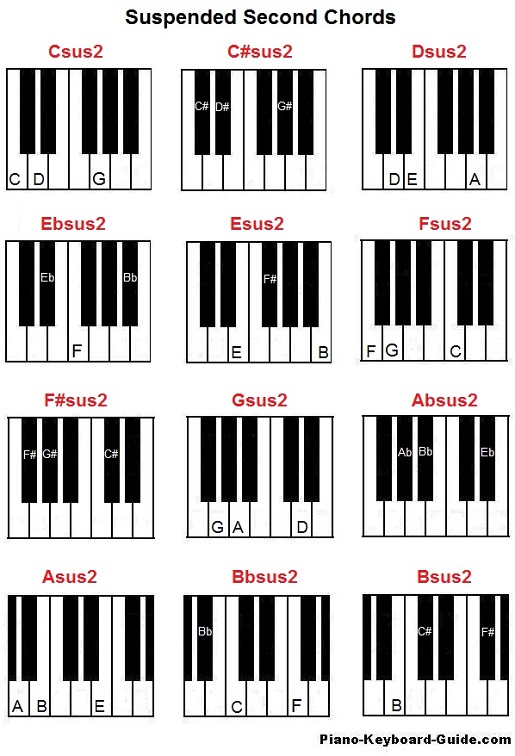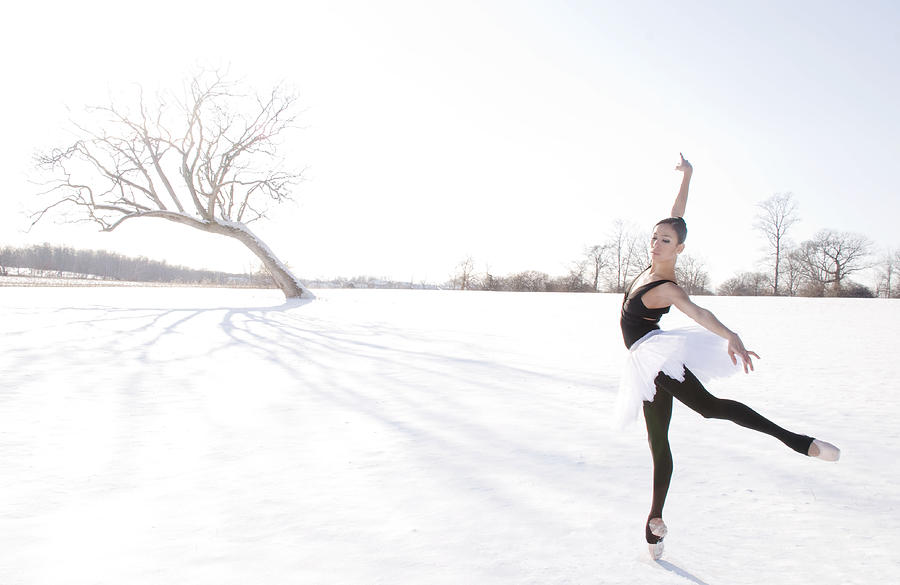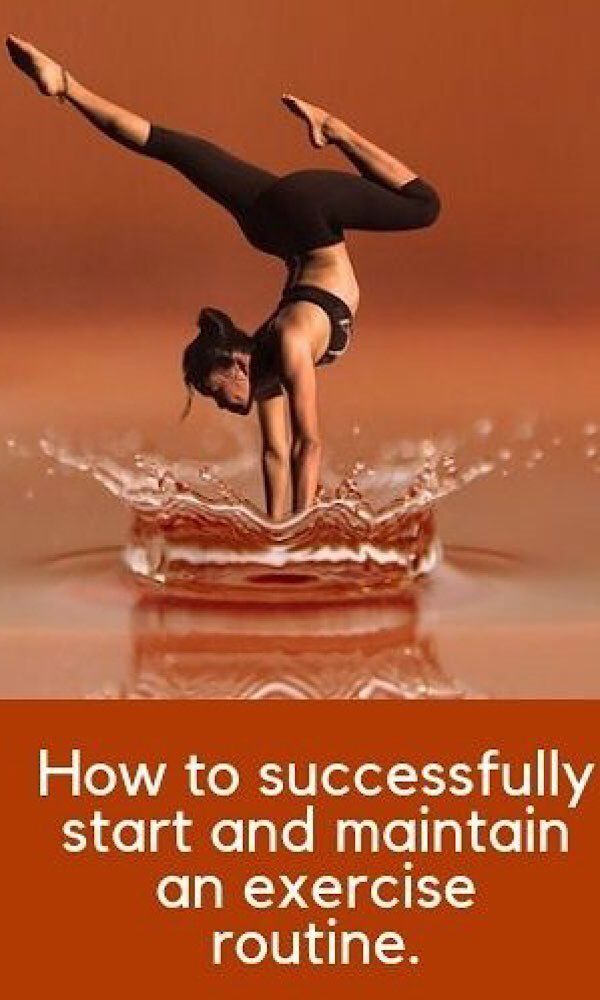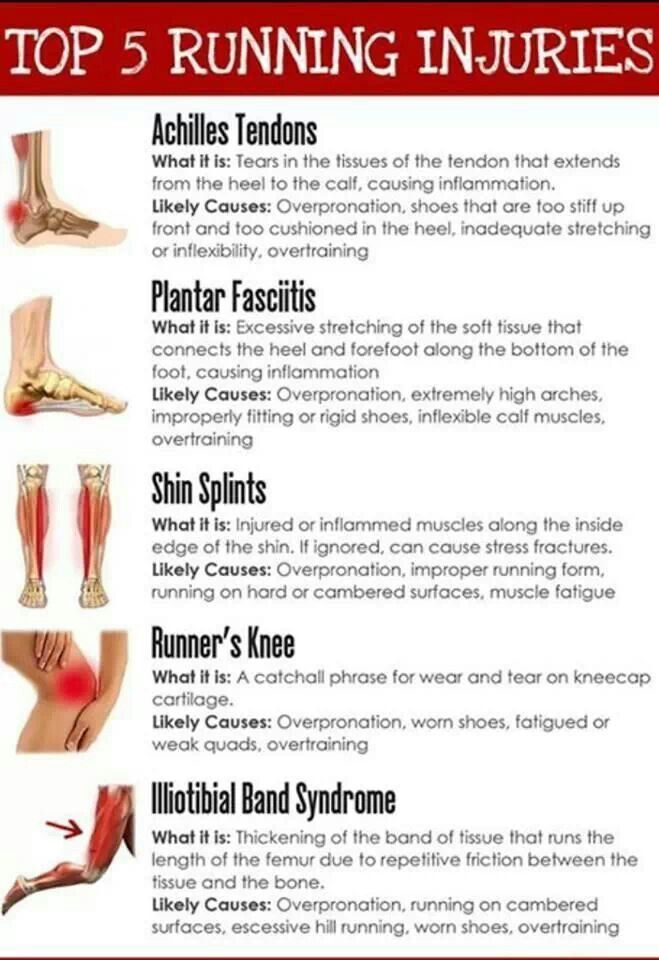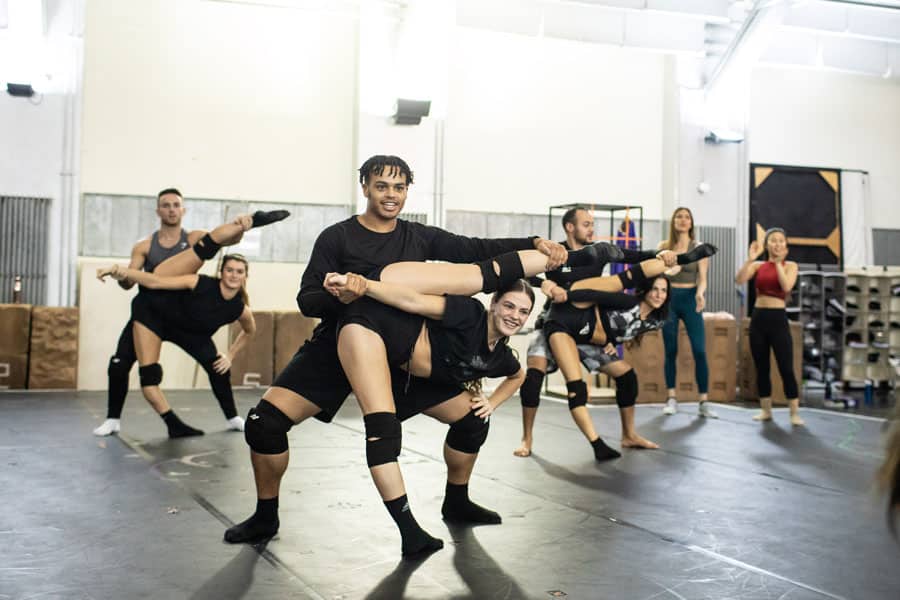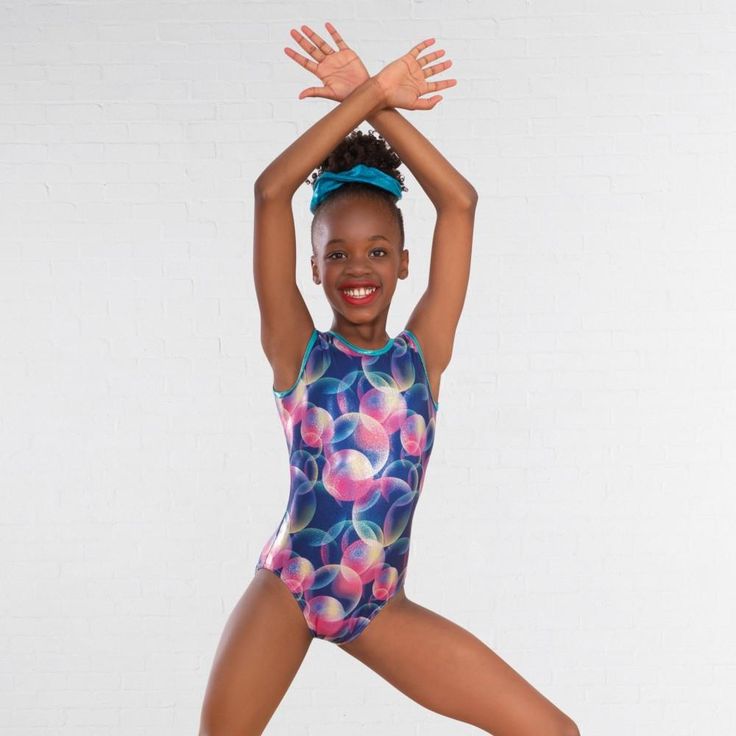How many dance forms are there in world
28 Different Types Of Dance From Around The World
Dance has been part of our culture for thousands of years. There are many forms of dance performed all over the world today, from ballet to ballroom and salsa to street. Most of the dancing we now see is about recreation and self-expression, and it’s also an enjoyable way for people of all ages, shapes and sizes to stay fit and healthy.
International Dance Day is celebrated on 29th April every year on the birthday of Jean-Georges Noverre, the creator of modern ballet. The intention of the International Dance Day Message is to celebrate dance, revel in the universality of this art form, cross all political, cultural and ethnic barriers, and bring people together with a common language - dance. This article will explore the different types of dance, with a look at how they’ve evolved into the well-known dance genres we know today.
What role does dance play in our society?
Dance has always been a part of human culture, rituals and celebrations. It’s an amazing art form that promotes creativity, as well as healthy minds and bodies. There are three main roles of dance in society today. These include:
- Ceremonial dance: These are dances created or performed for rituals or celebrations. Ceremonial dance is used all over the world for worship, or to celebrate life events. The unique British tradition of Morris dancing, for example, is performed at seasonal festivals and holidays to banish the dark of winter, celebrate the warmth and fertility of summer, and bring in autumn's golden harvest. The category of ceremonial dance also includes classical Indian dances, war dance, corroboree, Căluşari, and dances of Native American and West African culture.
- Dance for recreation: This is any form of dance that is for entertainment, fitness or fun. Also known as social dancing, it uses dance without too much structure, as a way to let loose and express your own individual personality. The goal is for dancers to focus less on form and technique and more on the joy they feel from dancing.
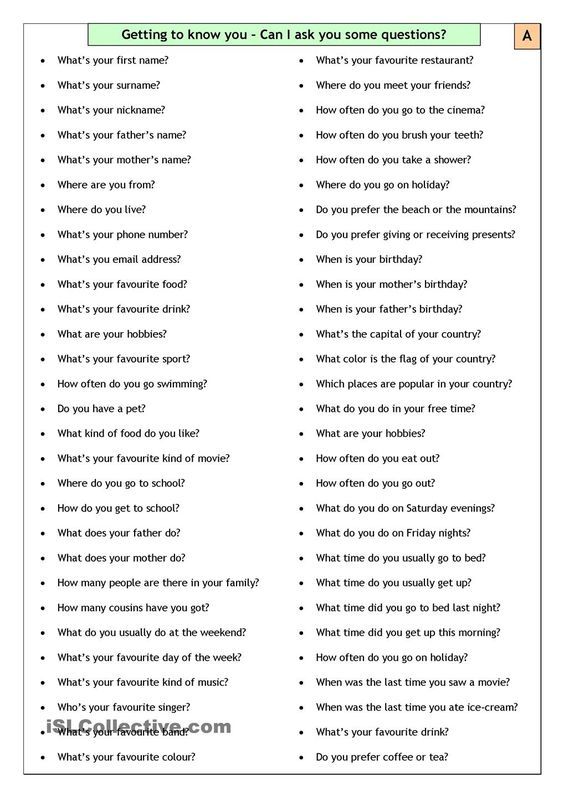 Examples of recreational dance include ballroom, line dancing, aerobic dance, or dance as a hobby.
Examples of recreational dance include ballroom, line dancing, aerobic dance, or dance as a hobby. - Artistic expression: This is dance created with the intent to express or communicate emotion, feelings and ideas. It’s usually performed in a concert or theatrical setting to an audience, and includes forms such as ballet, tap dance and modern dance. It uses rhythmic, partterened, or improvised body movement, and it’s one of the oldest art forms found in every culture around the world.
Dance is the same in any language. It’s a way to express yourself through non-verbal communication; through facial expressions, posture and body language. This makes dance a truly universal art form which is used to tell stories and share ideas. It breaks down language barriers and open doors for communication across different cultures.
What are the health benefits of dancing?
Dancing is a great way to get fit and stay healthy. People of any age and ability can use dance to improve fitness, muscle tone, strength and endurance, and it’s a great way to make new friends too.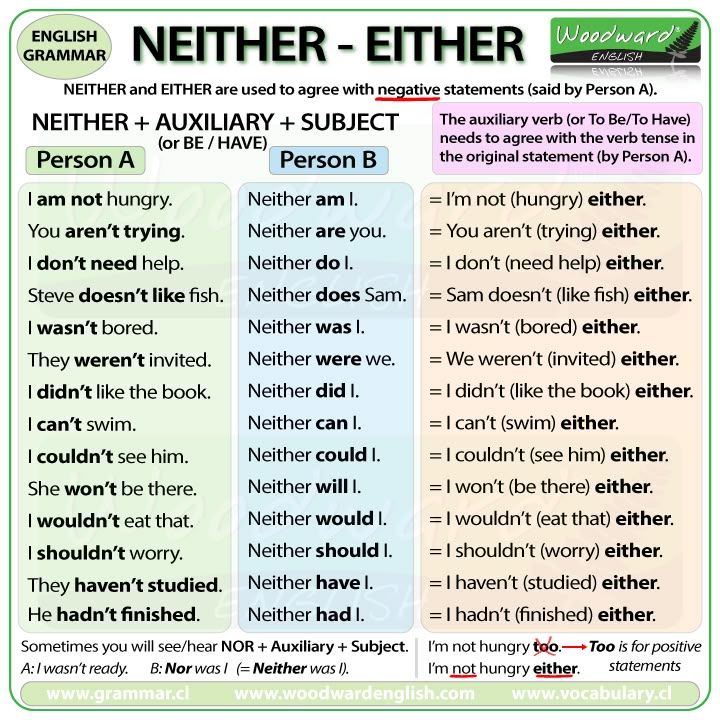 Here are some of the physical and mental benefits that can be associated with dancing:
Here are some of the physical and mental benefits that can be associated with dancing:
- Healthier heart and lungs
- Improved muscle tone and strength
- Increased endurance and aerobic fitness
- Better coordination, agility and flexibility
- Improved balance and spatial awareness
- Stronger bones and reduced risk of osteoporosis
- Greater self-confidence and self-esteem
- Weight management
- Better social skills
Dance can also help to increase circulation, decrease blood pressure, reduce stress, and it can also help develop gross motor skills in children.
What are the different types of dance?
There are many many different types of dance which are performed all over the world. Over the years, different dances have changed, merged and evolved to create the genres we know today. And each genre can be broken down into further subgenres. Let’s take a look at where some of the most popular types of dance originated, and how each plays a part in modern culture.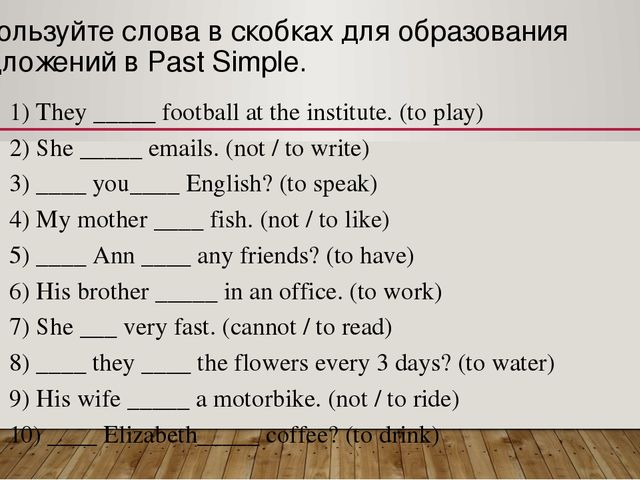
Originating in 16th century France, ballroom dancing is the name given to a set of partner dances, which are enjoyed both socially and competitively around the world. The term ballroom comes from the Latin and Italian words, “ballare” and “room,” which referred to the dance hall. Subsequently, the word “ballroom” came to refer to both the hall and the activity.
In 1650, the Minuet was introduced to Paris, set to music by composer Jean-Baptiste Lully. It was danced by King Louis XIV in public, and so the Minuet dominated the ballroom until the end of the 18th century. Ballroom dance was introduced in England as German waltz in 1812, and it became popular with the upper and elite classes of society in balls and parties. Ballroom dancing flourished in the 20th century along with the jazz era and big band. In 1995, ballroom dancing became an Olympic sport, encouraging many people to enter into dancesport. And a number of well-known television shows have helped to introduce the genre to a new generation.
Different types of ballroom dance include:
1. WaltzA slow and graceful partner dance introduced in the mid-19th century, it was greatly popularised by the music of famous composer Johann Strauss. Today, the waltz is the most famous dance in ballrooms around the world.
2. Viennese WaltzThis is the name given to the original form of waltz, first performed at the Italian courts. It’s much faster than the more famous “English Slow Waltz”, and it was the first genre of dance to introduce “closed hold” between performers.
3. Cha-ChaThis incredibly rhythmic dance is of Cuban origin, and it is danced to the music of the same name, introduced by Cuban composer and violinist Enrique Jorrin in the early 1950’s. The name comes from the shuffling sound of the dancers’ feet when they dance two consecutive quick steps that characterise the dance.
4. TangoOriginating in the 1880’s along the Río de la Plata—the natural border between Argentina and Uruguay—tango is a partner dance which was born in the poverty-stricken port areas, in neighbourhoods which had predominantly African descendants.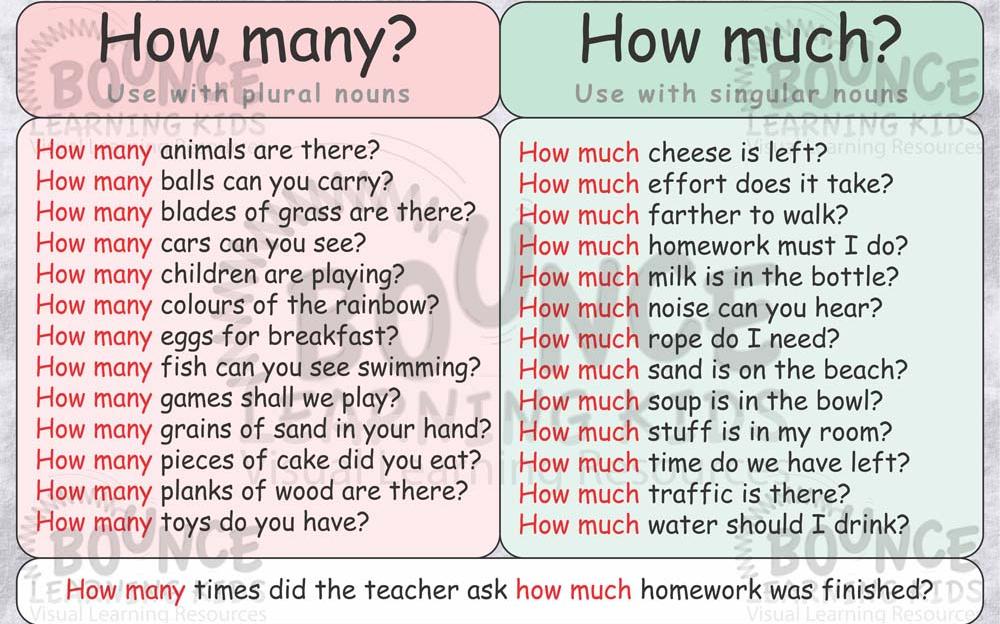 Today, it’s recognised for its sensual and energetic style.
Today, it’s recognised for its sensual and energetic style.
Since its creation in the 1930’s, many types of rumba have been created, most famously Cuban Rumba, Catalan Rumba, Flamenco Rumba and African Rumba. The dance focuses on sensual hip movements, and when it came to England, the anglicised spelling "rhumba" became widely used to distinguish this ballroom dance from traditional Cuban rumba.
6. MamboThis up-tempo dance appeared in Cuba in the late 1930’s, accompanied by the music of the same name. And by 1950 it had taken the Latin dance world by storm, replacing rumba in the United States, as the most fashionable Latin Dance.
7. SambaDeveloped in the 1950’s, samba is a famous dance and musical genre that emerged when people were transported to Brazil from Africa to work as slaves in the mines and sugar plantations. They brought aspects of their musical culture with them. Today, the infectious rhythm of samba is regarded as the national dance of Brazil.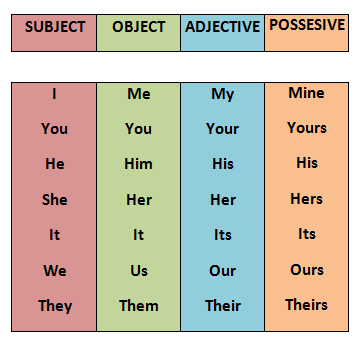
One of the most popular Latin dances, and one of the liveliest, the jive consists of lots of hip rocking and knee movements. The dance style originated in the United States from African-Americans in the early 1930’s, and its official ballroom variation was formalized in the 90’s.
9. QuickstepLight-hearted and fast-paced, the quickstep is one of the most popular ballroom dances around the world today. This powerful dance style was originally developed in the 1920’s in New York City and was first danced by Caribbean and African dancers. Its origins are a combination of slow foxtrot combined with the Charleston, and the glamorous version that is dance today was standardised in 1927.
Professional Performance Dance
Also known as theatre dance, performance dance is usually choreographed and performed to set music. It’s generally performed for an audience in a theatre setting, and it was first introduced in the early years of Italian Renaissance when music, dance, arts and poetry started to rise in popularity.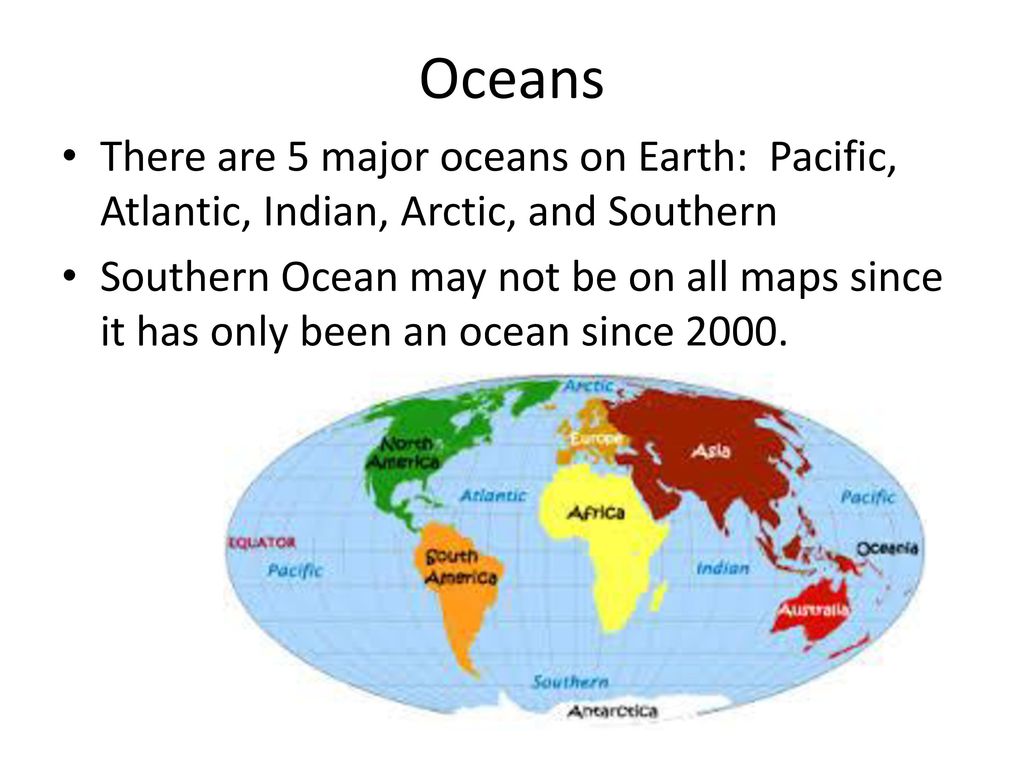
Refined by the efforts of France and Russia, ballet became the premier technical concert dance in the 1500’s, and it’s considered one of the most complicated and most admired dances of all time. But up until 1681, women were not allowed to perform in ballet. Instead, men would dress up to take on female roles until Marie Camargo became the first woman to dance in a ballet. In more recent times, many other professional dances came to be, including Contemporary dance, Concert dance and Modern dance, though ballet remains the most popular for its heritage, complexity and how physically demanding it is.
Different types of professional performance dance include:
10. BalletOne of the most technical and famous of all performance dances, ballet is popular all around the world. It was originally created in 15th century Renaissance Italy, but it soon became popular in countries such as France and Russia. There are four different types of ballet taught and performed around the world today. These include: Classical, Neoclassical, Contemporary and Romantic, the most widely known and performed ballet style.
These include: Classical, Neoclassical, Contemporary and Romantic, the most widely known and performed ballet style.
Soles and fabric are the most important factors when picking your ballet demi-pointes. Check out our advice to pick the right pair for you.
11. Contemporary DanceThis highly complicated type of modern performance dance originated in the mid-20th century, taking elements of classical dance styles (such as ballet), modern styles and jazz dance. Contemporary dance often combines the strong, controlled legwork of ballet, with floor work, and improvisation characteristics of modern dance.
12. Modern DanceThis influential performance dance emerged as a reaction against the classical ballet and its movement style. Developed in the late 19th and early 20th century, modern dance evolved into a popular free dance style that includes elements of performance art, release technique and improvisation.
African-American and Traditional Jazz DanceJazz dance is a performance dance technique and style that first became popular in the United States in the early 1900’s, though the origin of jazz dance can be traced to African rituals and celebratory dances from around the 17th century.
In 1917, jazz pianist Spencer Williams wrote a song called "Shim-Me-Sha-Wabble" which inspired a jazz dance called the shimmy. The shimmy is done by holding the body still, with the shoulders quickly alternating back and forth. The dances that emerged during this period were the Charleston and the Lindy hop. The Charleston is characterized by its “toes-in, heels-out twisting steps", and the Lindy Hop was a wild and spontaneous partner dance.
When the Great Depression began in 1929, people turned to dance as a way to have fun, with little to no cost. Swing dancing became the most popular style of dance in 1930’s and 1940’s America, and today, swing dancing styles are the foundation of many other dance styles including disco, country line dancing, and hip-hop.
Different types of jazz dance include:
13. CharlestonThis extremely popular dance type is named after the harbour city of Charleston, South Carolina. The rhythm was popularized in mainstream dance music in the United States by a 1923 tune called "The Charleston" by composer/pianist James P.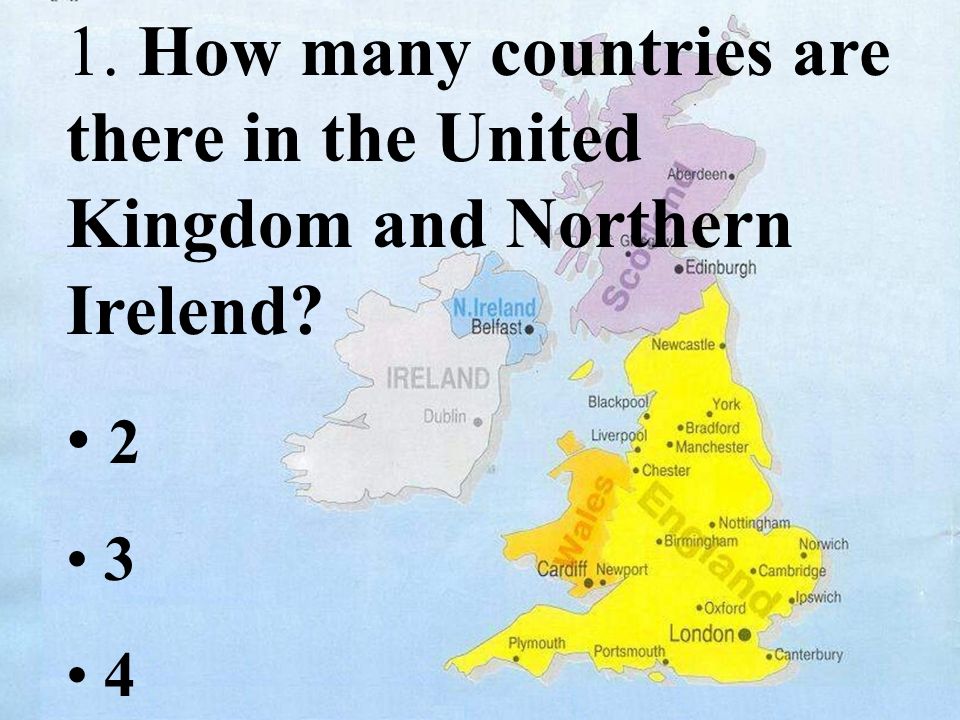 Johnson, and it became one of the most popular hits of the decade. ‘Scandalous’ men and women shed the stuffy etiquette of their parents’ generation and wanted to flap their arms, kick up their heels and let loose – hence the term ‘flappers’.
Johnson, and it became one of the most popular hits of the decade. ‘Scandalous’ men and women shed the stuffy etiquette of their parents’ generation and wanted to flap their arms, kick up their heels and let loose – hence the term ‘flappers’.
This popular style of dance originated in the United States in the early 19th century. Slave owners took away traditional African percussion instruments, so slaves turned to percussive dancing to express themselves and retain their cultural identities. From the 1930’s, tap dance sequences became a staple of movies and television, with tap stars including Shirley Temple, Gene Kelly, and Fred Astaire, who was famous for combining tap with ballroom dance.
15. SwingA form of jazz, swing developed in the United States in the 1920’s. Hundreds of styles of swing dancing were developed, with the best-known of these dances being the Lindy Hop, which originated in Harlem in the early 1930’s. While the majority of swing dances began in African-American communities, some swing-era dances, like Balboa, developed outside of these communities.
While the majority of swing dances began in African-American communities, some swing-era dances, like Balboa, developed outside of these communities.
A playful and improvised partner dance, Boogie-woogie is commonly fasted paced, high energy and is famous for its spectacular footwork. A form of swing dance, it became widely popular during the 1930’s. The step variation for boogie dance is a combination of six and eight count with sharp, quick movements.
17. DiscoDisco dance emerged during the 1970’s, with dances like Bump, Hustle, Robot, Boogaloo and Watergate, reaching its popularity peak with the release of the blockbuster film "Saturday Night Fever." Latin dances such as the samba, cha cha, and tango inspired many of the popular disco moves. It’s said that disco music has since influenced electronic dance music and house music.
Looking for modern jazz shoes? Follow our expert's advice to find the right pair for you.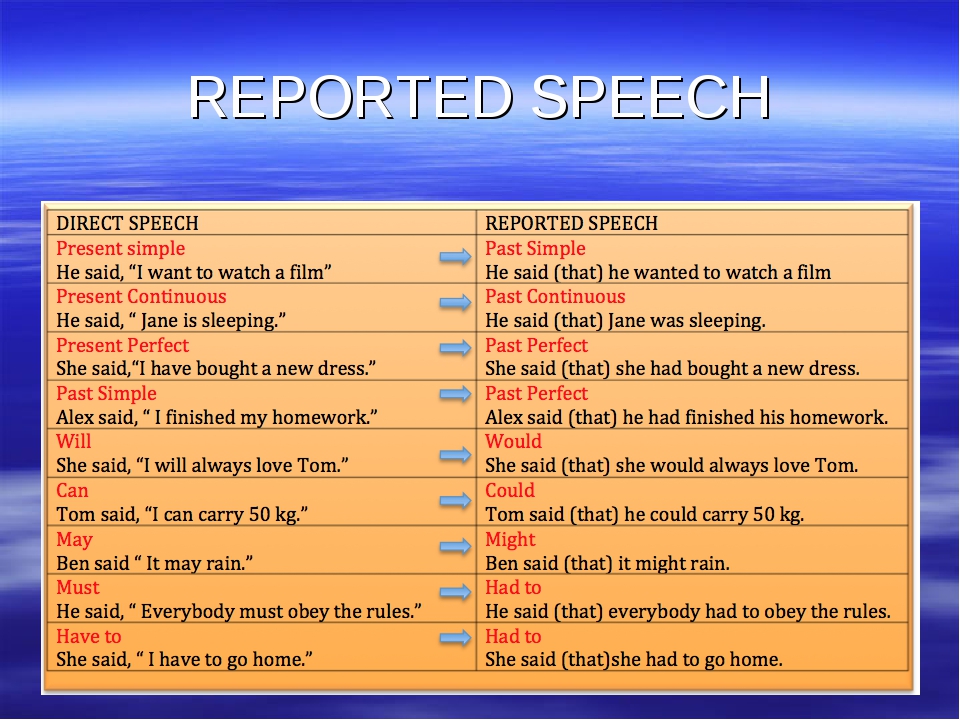
Latin dance has a rich cultural history rooted in the traditional dances of native peoples of Latin America. These dances were heavily influenced by European colonists and African slaves from as early as the 1500’s, developing into the well-known style of Latin dance we have today.
Latin dance originated in the traditional dances of Mexico, South America, Central America and the Caribbean. And like many cultures around the world, dance was essential in communal ritual life. They were performed during festivals and rituals as a symbolic representation of cultural beliefs. Native Latin dances were very structured and organised, often involving lots of dancers moving in intricate patterns. Traditional dances symbolised events, combat and movement of workers sowing and harvesting.
Today’s popular Latin dances were developed in various cities and countries, before being modified and formalised in the U.S. and Europe by professional musicians and dance companies.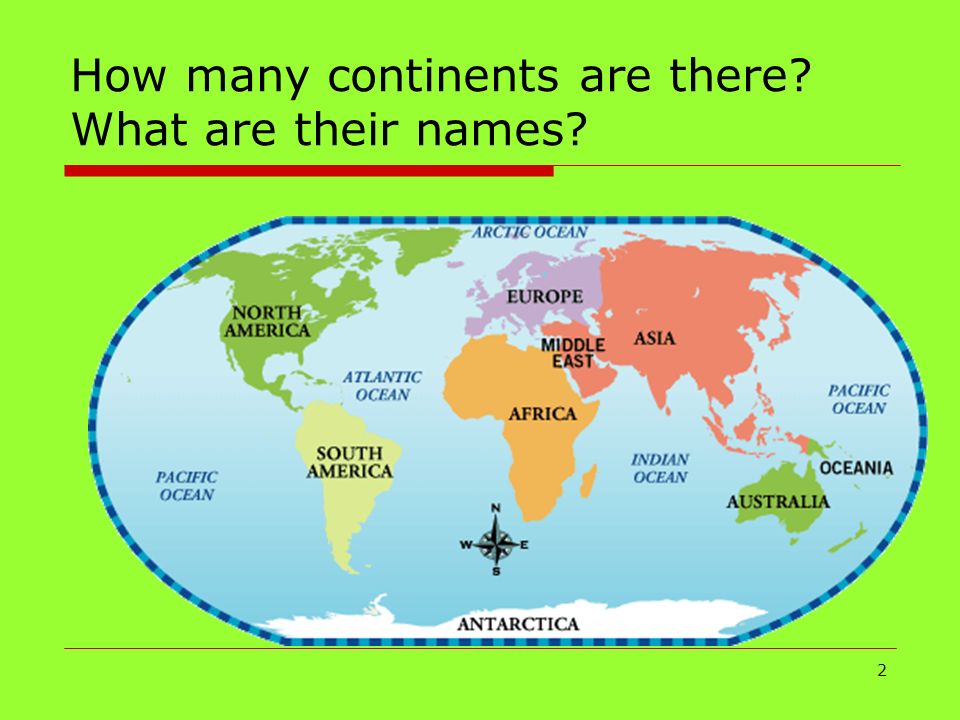 Salsa, for example, has deep roots in Cuba, Columbia and Puerto Rico. The cha cha, rumba and mambo are also of Cuban origin, and the bolero originated in Spain and Cuba, before spreading to the rest of Latin America.
Salsa, for example, has deep roots in Cuba, Columbia and Puerto Rico. The cha cha, rumba and mambo are also of Cuban origin, and the bolero originated in Spain and Cuba, before spreading to the rest of Latin America.
The origins of salsa date back to the 1900’s in Eastern Cuba, where musical elements and rhythms from various styles were combined. Cuban son and Afro-Cuban rumba used diverse musical instruments to create the basis of a rhythm that would later become known as salsa. This new rhythm was combined with American jazz and taken to New York by Cuban musicians. Today, there are two different types of salsa dance which are danced around the world: The Cuban ‘Casino’ style and the Los Angeles (L.A.) style.
19. FlamencoThis famous Spanish dance originated from the region of Andalusia almost 500 years ago, though it wasn’t given its name until the 18th century. It is a diverse dance that mixes different cultural influences such as Islamic, Andalucian, gypsy, Sephardic and Arabic.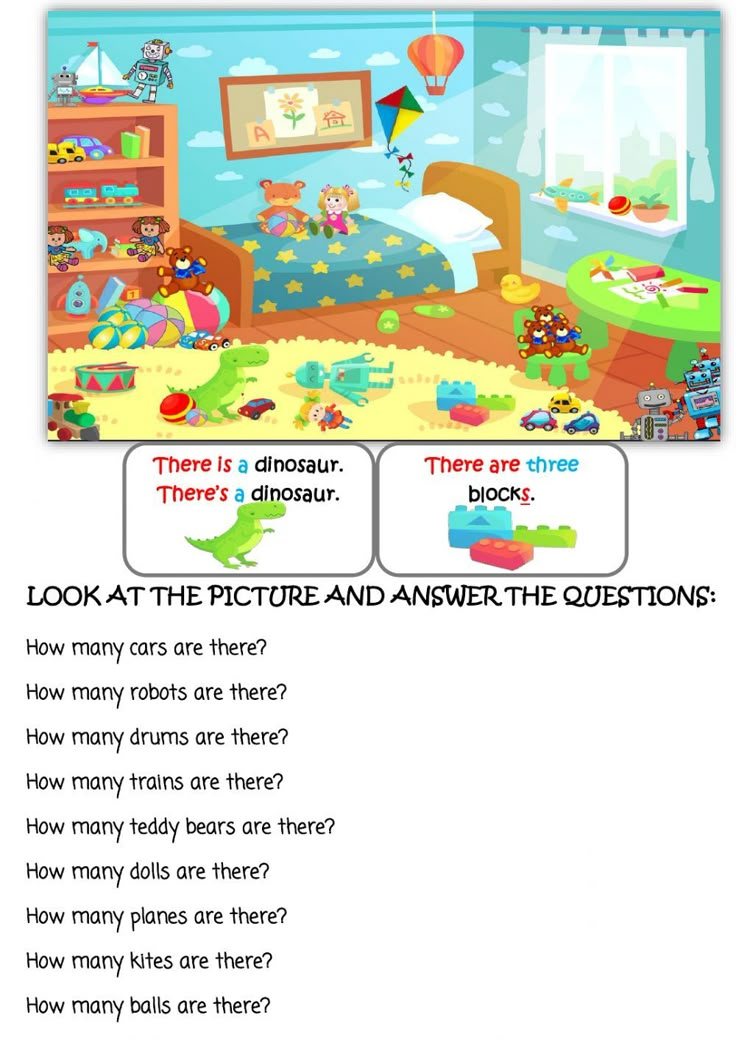 Its passionate and energetic fusion of singing, guitar playing, dance and handclaps has made it famous across the world.
Its passionate and energetic fusion of singing, guitar playing, dance and handclaps has made it famous across the world.
This well-known partner dance originated from Para, Brazil, and became internationally popular in the 1980’s. It fuses aspects of forró, salsa, merengue, maxixe and the carimbó into a passionate dance style. It has a slow-quick-quick rhythm, and it’s distinguished from other forms of Latin dance through the wave-like motion of the dancers’ bodies, which gives the dance its name: Lambada is a Portuguese word referring to the wave-like motion of a whip.
21. PolkaOriginally a Czech peasant dance, polka is derived from the Czech phrase for ‘half-step’, which refers to the dance pattern of stepping from one foot to the other. The polka dance was first introduced to Prague ballrooms in 1835, and to Paris ballrooms in 1840. It grew wildly popular, reaching England and the United States by the late 1840’s.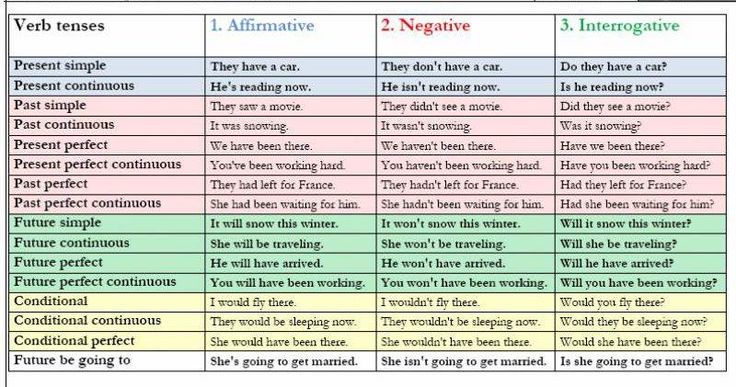 Polish American immigrants adopted the polka as their national dance In the 20th century, and today, polka is one of the few dances that originated during the 19th century that is still popular worldwide.
Polish American immigrants adopted the polka as their national dance In the 20th century, and today, polka is one of the few dances that originated during the 19th century that is still popular worldwide.
The first belly dancers were a group of traveling dancers known as the ghawazee. These women were considered gypsies in Egypt in the 18th century, and were banished from Cairo during the 1830’s. They went on to perform in Upper Egypt, in the Middle East and Europe. The raqs sharqi genre of belly dancing began to develop through the 1900’s, adopting elements from folk dance styles, ballet, Latin dance, and even American marching bands. Belly dancing gained popularity in the United States in the 1960’s during a time when more women were becoming free spirits.
23. Country/Western DancesThe country dance style is a social dance that is closely associated with American country and its Western traditions. It encompasses many forms and styles of dance that can be performed to country-western music.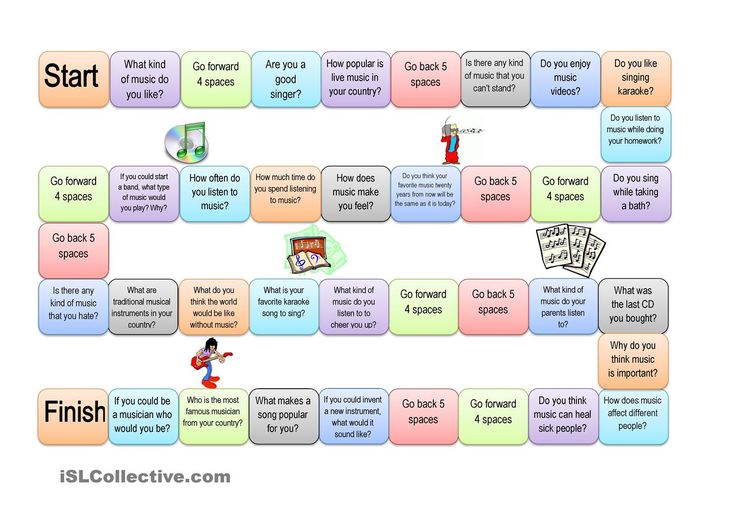 Western group dances include popular line dancing and square dancing.
Western group dances include popular line dancing and square dancing.
Popular all around the world in hundreds of unique variations and styles, folk dances represent cultural heritage and ethnic history of people who live in a certain region or country. They are usually performed at dance gatherings with the accompaniment of traditional music of the region.
25. BollywoodBollywood dance originated in India in the 20th century. It’s characterized by elaborate choreographies, energetic movements, and dances that involve a large number of participants. Initially, Bollywood dancing was only common and popular in areas that watched Indian films, but today, Bollywood is celebrated all over the world.
Hip-hop & Funk DanceHip-hop dance began in New York City in the late 1960’s, and was inspired by the movements of African dancing. It flourished as a new style of dance performed on the street, combining aspects of modern dance, tap and swing. It’s most commonly performed to hip-hop music, and includes a variety of freestyle movements, though it’s three main styles of breaking (of the East Coast), popping and locking (of the West Coast) have led to hip-hop evolving into the highly sought-after and dominant style of dance it is today.
It’s most commonly performed to hip-hop music, and includes a variety of freestyle movements, though it’s three main styles of breaking (of the East Coast), popping and locking (of the West Coast) have led to hip-hop evolving into the highly sought-after and dominant style of dance it is today.
A very similar style called Funk was also created during the 1970’s, and is today regarded as one of the most influential pieces of hip-hop dance styles. Funk styles were created in California, and they are called funk style because they were originally danced to funk music. This differentiates them from breaking, which is traditionally danced to break beats.
Different types of hip-hop dance include:
26. BreakdanceOne of the most athletic dances in the world, breakdancing became popular in the 1970’s as a street dance in New York. Since then, it has spread all around the world where it’s viewed as one of the most unique dance styles ever made. Usually danced solo, dancers perform a series of either choreographed or freeform dance and athletic movements alongside breakbeat, hip-hop or funk music.
Funk dance is incredibly diverse, and one of its famous variations is ‘locking’. This style of hip-hop dance sees the dancer suddenly stop and hold the position (or get locked) in the middle of dance routines, and then suddenly resume the dance. It requires full body motion, but most of the dance is focused on the top half of the body.
28. PoppingAnother popular funk dance style, ‘popping’ requires dancers to master controlled and quick contrasting and relaxing of muscles that create the feeling of a jerk throughout the body. This jerk is referred to as ‘pop’ or ‘hit’ and can be used to create dance routines and movements.
How can I get started with dancing?
Feeling inspired? There are lots of places where you can enjoy dancing; at dance schools, social venues, or even in your own home. Dancing is a popular way to get fit, and dance-based classes are now available in most fitness clubs and gyms. Dancing can be done both socially and competitively. And it can be practised individually, with a partner or in groups.
And it can be practised individually, with a partner or in groups.
Anyone of any age can take up dancing, so to get started, simply search online for a dance class near you. Or try a few online videos to get a feel for what sort of dance style you like the look of.
21 List of Dance Moves Names with Pics
Dance and human civilization are bonded together since the beginning of the human race. With centuries passing by, Dance has become one of the important tools for recreation, entertainment, health, preserving social interactions, religious ceremonies, and also in celebrating events etc. Dancing also served as a way of expressing human thoughts and emotions and also as a means of communication. These days, people chose dancing for various purposes like continuing the family legacy, improving the physical and mental health, as an occupation etc. With the increasing demand in creativity, dance forms also emerged quickly, and now in the present day, we have different dance forms based on different regions, cultures, religions, etc. Here in this article, we show you different types of popular dances present in the world.
Here in this article, we show you different types of popular dances present in the world.
A. Indian Classical Dance(Nritya):
Indian classical Dance or popularly revered as “Shastriya Devesh” in the religious Hindu Musical theatre styles whose scripted theories and practices can be identified from the Sanskrit text Natya Shastra. In Hindu religion, it is believed that Kala Bhairava (Lord Shiva) is considered as the master of Dance and hence he is worshipped as Nataraj. Indian classical dances were performed as a religious art inside the sanctum of the Hindu temple or nearby it. There are 8 recognized Indian classical dances by The Sangeet Natak Academy.
- Bharatanatyam from Tamil Nadu
- Kathak from Uttar Pradesh
- Kathakali from Kerala
- Kuchipudi from Andhra Pradesh
- Odissi from Odisha
- Sattriya from Assam
- Manipuri from Manipur
- Mohiniyattam from Kerala
See More: Fashionable Dance T-Shirts
B.
 African-American Dance:
African-American Dance:African-American Dance was started by the black people in America. Before slavery ended in America, many Africans were transported to America as slaves. Soon after the slavery ended, the Africans started to perform their native Dance with a flavor of American moves making it popular as an African-American Dance style. Placing great value on improvisation, these dances are characterized by ongoing change and development. Even today, most of the black Americans perform this style. Some of the famous personalities who performed this dance style are Micheal Jackson and Misty Copeland. Some of the African-American dance styles performed today are
- Break Dance
- Tap Dance
- Swing
- Hip-Hop
- Disco
- Moon Walk
C. Novelty or Fad Dance:
Novelty or fad dances are typically characterized by a quick burst of popularity. Some of these dances may get a longer-lasting life. These are also called as trendy dances or crazy dances which becomes popular overnight. These type of dances were initially started by African-American communities on the streets, in clubs, and in discotheques dancing with some loud and energetic music. There are fad dances that are meant to be danced individually calling them as solo dancers, some with partners, some with groups. Some of these Novelty or fad dances were freestyle type, i.e., there were no particular dance steps or pattern. Some of the well-known Novelty/Fad dances are
These type of dances were initially started by African-American communities on the streets, in clubs, and in discotheques dancing with some loud and energetic music. There are fad dances that are meant to be danced individually calling them as solo dancers, some with partners, some with groups. Some of these Novelty or fad dances were freestyle type, i.e., there were no particular dance steps or pattern. Some of the well-known Novelty/Fad dances are
- Bunny Hop
- The Carlton
- Gangnam Style
- Level Up
- The Smurf
- Moon Walk
D. Ceremonial Dance:
This is a type of Dance performed during any ceremonies or for any religious rituals. This type of Dance is also called as ritual Dance or festival dance. Ceremonial Dance is often related and overlaps to sacred Dance and ecstatic dance type. This type of Dance is usually performed to uplift the community spirit. The ceremonial dance type is different for different religions and also different in different regions (countries or places). Some of the best known ceremonial dances are
Some of the best known ceremonial dances are
- Indian Classical dances like Bharatnatyam, Kuchipudi, Kathakali etc
- Hadra dances and Sufi Whirling in Islam religion
- Dances in Ancient Egypt
- Long Sword dance in England
- Morris dancing
- Rapper dance
- Ritual dancing of China
- Dances of Universal Peace
E. Social Dance:
It is a non-competitive, partner dancing that is relaxed, informal, and danced for the enjoyment and entertainment of the partners that are intended for participation rather than performance. Social dancing is less formal than exhibition dancing and is meant to be enjoyed while socializing. Social dancing is usually performed or enjoyed in wedding receptions, business functions, nightclubs, or informal gatherings. Some of the best known Social dance types are:
- Waltz
- Line Dancing
- Minuet
- Tango
- Swing Dancing
- Hasapiko Dancing
- Cha-Cha
- Samba
- Nightclub Freestyle
F.
 Latin/Rhythm Dance:
Latin/Rhythm Dance:Latin Dance is a partnered dance style that is united by their place of origin- Latin America. This type of Dance is invariably passionate and rhythmic while performing. Latin dances hail from various countries in North and South America and also has European, and African influences. Latin Dance is known for passion, the fire, and the energy and because of these reasons, most of them started making this a hobby of learning Latin Dance, that also benefits from cutting down some pounds in your body. Today, following the music, rhythms, and movement history, Latin Dance evolved over time and has many Latin styles. Some of them are:
- Slasa
- Bachata
- Samba
- Rumba
- Cha-Cha-Cha
- Jive
- Paso Double
- Zumba
G. Street Dance:
Street dance is a type of dance style that has been evolved outside the dance studios. These dances are performed on the streets, parks, block parties, clubs etc. In fact, these dances originated at different times and places. For example, Breaking is said to evolve in the 1970s in New York. Nowadays the terms “street dance” and “Hip Hop dance” are often used to refer to a studio-based version of the forms which came about after established teachers and choreographers of Jazz, Ballet and Contemporary tried to copy the “street” styles when they were popularized. Some of the styles of street dances are:
For example, Breaking is said to evolve in the 1970s in New York. Nowadays the terms “street dance” and “Hip Hop dance” are often used to refer to a studio-based version of the forms which came about after established teachers and choreographers of Jazz, Ballet and Contemporary tried to copy the “street” styles when they were popularized. Some of the styles of street dances are:
- Hip-Hop
- Break Dancing
- Jerking
- Locking and Popping
- Electro Dance
- Tutting
- Clogging
21 Most Popular Types of Dance Forms Names:
Dance is an art that is practiced or performed by different sets of people in different ways. Hence Dance can be classified based on country, region, ethnicity, styles etc. For example, in India, there are certain classical dances that are quite famous and in other regions like Brazil has its own traditional Dance. But, there are some dances which are extensively performed and practiced all over the world. Here is a list of some of them.
Here is a list of some of them.
1. Ballet:
Ballet dance has its origin from Italy. The term ballet means to “dance.” This is usually accepted all over the world as one of the most artistic forms of entertainment enjoyed by all ages. This Dance is the combination of choreography and art, scenic design, lighting, costume, graceful movements with light classical music. These days the traditional ballet dance is replaced with new modern forms of ballet dance styles. Some of the forms of ballet dance are classical ballet, contemporary ballet, neoclassical ballet etc. This type of Dance is not difficult to learn once you have identified your passion for it.
2. Bharatnatyam:
Bharatnatyam is an Indian classical dance form having its origin in Tamil Nadu. It is a dance form practiced by both males and females. It is known among all for its tenderness of graceful expressions and posses and beauty of the dance steps. Dancers wear anklets while performing which consists of numerous copper bells attached. Dancers must excel in the art of perfect ringing of bells in the anklets and must also have proper control over it. Bharatnatyam is one of the well-known types of Dance in India.
Dancers must excel in the art of perfect ringing of bells in the anklets and must also have proper control over it. Bharatnatyam is one of the well-known types of Dance in India.
3. Kathak:
In types of Indian Dance, Kathak is one which originated in the north Indian land. Among the many dance name list, Kathak is one beautiful form of art. Nomadic bards of ancient Northern India are known to lay down the foundation of this dance form. They were known as storyteller or Kathakars. The performers usually wear the famous Lehenga Choli costume while dancing. Even the copper bells used in Bharatnatyam are used in this dance form.
4. Break Dance:
Breakdance also knew as a street dance was originated by Puerto Rican Youths and African Americans. This dance form consists of four major movements – power moves, down rock, top rock and freezes. This is a modern kind of Dance that involves abstract body steps, that may or may not convey anything. It is usually practiced by the youth.
See More: Types Of Dancing Shoes
5. Lion Dance:
The lion dance is the traditional dance form of Chinese culture. In this form of dance, the performers wear lion costumes and mimic the moves and styles of a lion. This type of Dance is amazing to look at and is completely different from another dance form because you usually cannot see the person behind the costume in this form.
6. Tap Dance:
In this dance form, one needs to tap the shoes on the wooden floor. The shoes are made up of a metallic sole on the heel and the toe facilitating the tapping sound. The two well-known tap dance types are Broadway tap and Rhythmic tap. Tap dancing is also done in Cappella style in which performers need to perform on music created from tapping.
7. Kabuki:
The classical Japanese dance-drama is known as kabuki. This is known for its stylization of performance, and the elaborate and highly complicated make up worn by the performers. Kabuki involves a lot of practice and handling the costume along with the dance steps needs experience. It was one of the major theatrical performance in Japan for about four centuries.
It was one of the major theatrical performance in Japan for about four centuries.
8. Salsa:
It will come in another type of western Dance which almost everyone knows and is performed all around the world. Salsa was originated in New York due to the strong influences of Latin America. Arms are used by the lead dancers to communicate with the followers. In these types of dances, the major expressive movements are done by the lower part of the body that is the hips, the body and legs. The upper body remains at its level. Salsa can be performed in different styles which can be identified on the basis of foot patterns, turns and figures, on the basis of timing, body rolls, dance influence, attitude and the way the partners hold each other while dancing.
Read: Dance Exercises For Beginners
9. Waltz:
The ballroom couple dance performed in closed positions is known as Waltz. This dance form had originated in the country of England during 1816. Several Victorian novels have the mentioning and a perfect description of this dance form. While dancing, the man is required to clasp his arms around his female partner’s waist. This type of modern Dance requires performers to execute delicate and fluid moves and Dance to slow melodic music.
Several Victorian novels have the mentioning and a perfect description of this dance form. While dancing, the man is required to clasp his arms around his female partner’s waist. This type of modern Dance requires performers to execute delicate and fluid moves and Dance to slow melodic music.
10. Belly Dancing:
One of the unique forms of Dance is belly dancing, and it comes under types of modern Dance. It is characterized by sharp and rolling movements of the abdomen and the hips. This dance form has different types of dance moves depending upon the region and country it is being performed. Movements of the hips and the torso communicate the maximum. Shakira, a famous Latin American superstar, was the one to popularize this form during the 2000s.
11. Swing:
Swing, as the name sounds, is a very interesting dance form. It is a group of dances developed with a swing style danced to the tunes of jazz music during the 1920s – 1950s. Swing is a blanket word to different dances such as Jitterbugs, Boogie Woogie and Lindy hops.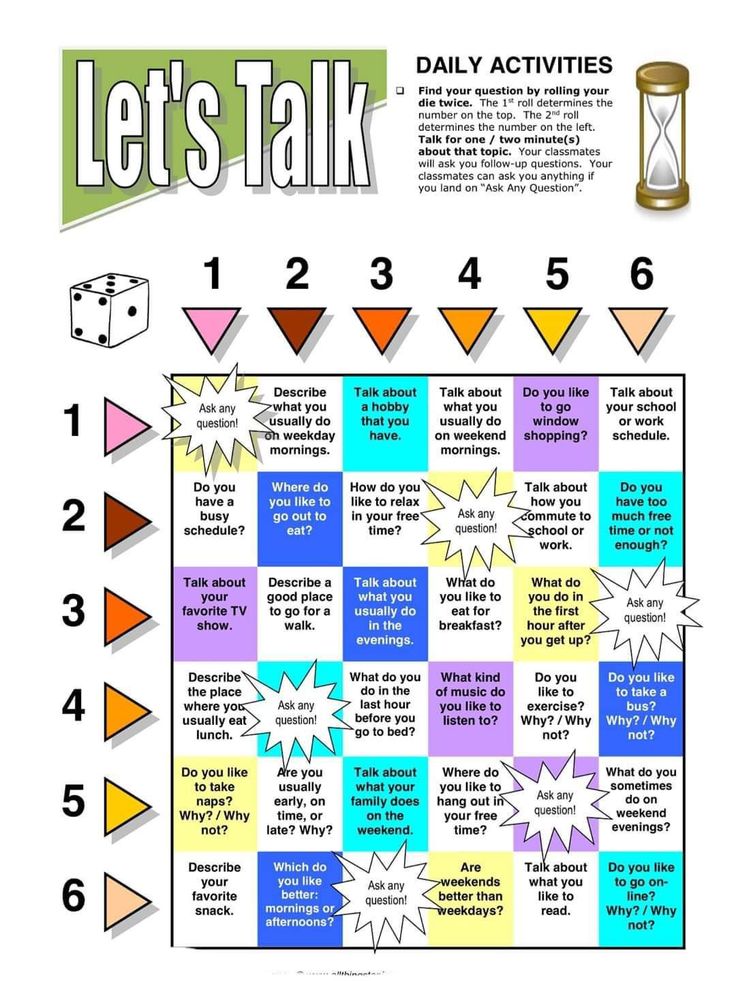 This type of dance form is fun, and the performers wear stylish dresses, yet very comfortable.
This type of dance form is fun, and the performers wear stylish dresses, yet very comfortable.
12. Aerial Dance:
Aerial Dance is slowly becoming very famous these days. This dance form is not easy to perform and requires proper training. It was first performed in the USA during the 1970s. The name clearly indicates that in this form, the performer is required to perform in the air. The dancer hangs from any apparatus which is attached to the ceiling and performs steps in mid-air. It provides a lot of space to develop a new idea and dance moves.
13. Tango:
It is a partner dance originated along with the river Plate during the 1890s the partners in tango follow each other chest to chest with either an open embrace or a closed embrace with a constant touch from the thigh area. Tango is a kind of ballroom dance and began in the working-class port in Uruguay, Argentina and Rio de la Plata.
14. Fandango:
Fandango is the primary Dance of Portugal. It involves singing as well as dancing. Dancers tap their feet and quickly keep on changing positions. This dance form is accompanied by castanets, guitars and even sometimes hand clapping.
Dancers tap their feet and quickly keep on changing positions. This dance form is accompanied by castanets, guitars and even sometimes hand clapping.
See More: Zumba Dance For Weight Loss
15. Cancan:
Cancan is very high energy and physically demanding hall dance. It is usually performed by women in a chorus wearing beautiful costumes which are long skirts with black stockings. The main feature of this form is lifting of the long frilly skirt high accompanied by high kicking.
16. Latin Dance:
Latin Dance involves two partners and resembles a ballroom dance. It originated in Latin America. The social Latin Dance in International Dance includes the rumba, samba etc. The History of Latin dance dates back to the fifteenth century when indigenous dances were first recorded by Europeans. Their dance form is deeply rooted in History and is a must-watch entertainer.
17. Iranian Dance:
Persian Dance or is also known as Iranian Dance refers to the type of dance form, indigenous to Iran. Genres of Dance in Iran usually vary depending on the area, culture, and language of the local people. They also range from sophisticated reconstructions of refined court dances to energetic folk dances. The dance style is rhythmic and pleasing to watch.
Genres of Dance in Iran usually vary depending on the area, culture, and language of the local people. They also range from sophisticated reconstructions of refined court dances to energetic folk dances. The dance style is rhythmic and pleasing to watch.
18. Azerbaijani Dance:
There are a number of Azerbaijani dances that are practiced and used by the Azerbaijani people of Azerbaijan and the Irani’s of Azerbaijan. Their Dance is engaging, and they differ from other dances and is famous for its quick temp. They are entertaining to watch and is a national interest.
19. Disco Dance:
Disco dance is a type of dance style that is a musical style dating to early 1970s. It began from the USA urban night-life scene, where it had been restricted to house parties. From there on, it began making regular mainstream appearances and gathered popularity. Its popularity was achieved sometime during the mid-1970s to the early 1980s.
20. Folk Dance:
Folk dance is a typical form of Dance that is usually extensively performed in rural areas. It talks of the folklore of the village plight. It is a traditional type of Dance pertaining to one set of people or community. The costumes are interesting and usually depict the traditional dress of the community.
It talks of the folklore of the village plight. It is a traditional type of Dance pertaining to one set of people or community. The costumes are interesting and usually depict the traditional dress of the community.
21. Electronic Dance:
This style of Dance is also known as Electronic Dance Music (EDM). This style started in Northern Europe during the 2000s and has become very popular in the next decades. This Dance is typically performed to electro house music based on different dance styles like disco, hip hop and freehand glow sticking.
[See More: Various Kinds of Kisses]
Dance is an art that has been practiced since ages for different purposes. In ancient days, History tells us that Dance was performed by only a set of families in front of the kings and in the temples for the purpose of entertainment. Modern-day Dance has evolved in different forms and for different purposes such as Dance as an art, as social bonding, as a career, for health, as relaxation and recreation etc.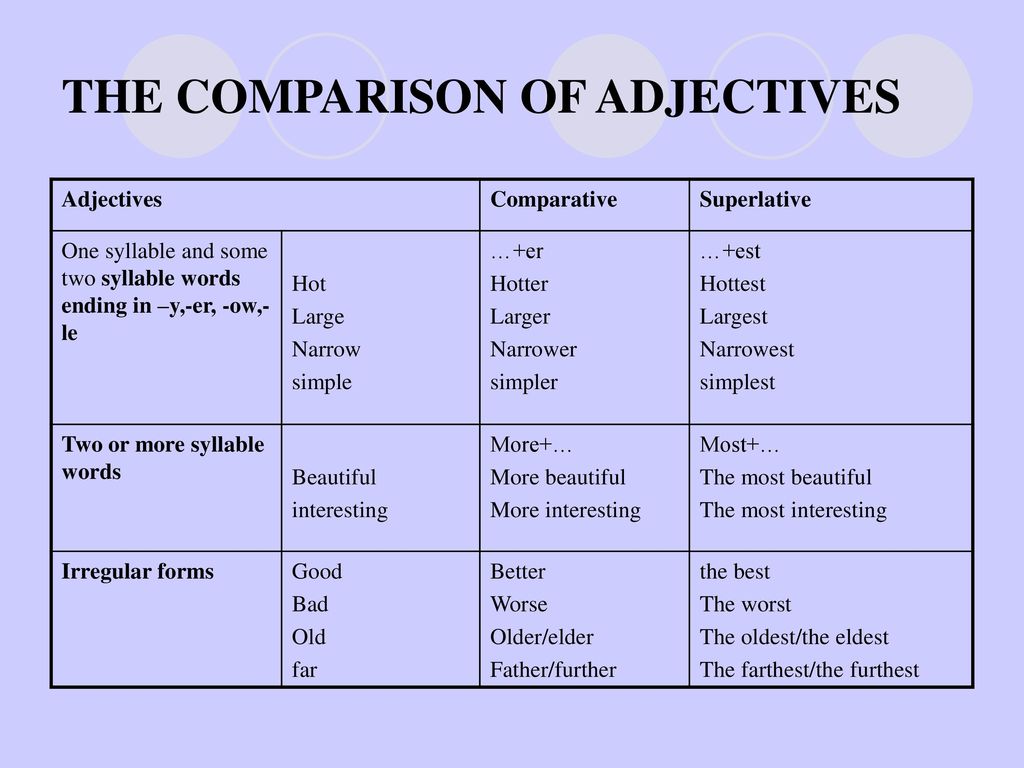 If you are planning to start dancing, choose any of the above-mentioned styles that can suit your needs. Make sure that you start dancing in the presence of a professional because any mismatch can strain your body or maybe dislocations in your body.
If you are planning to start dancing, choose any of the above-mentioned styles that can suit your needs. Make sure that you start dancing in the presence of a professional because any mismatch can strain your body or maybe dislocations in your body.
Disclaimer: The above article is intended for information purpose only and should not be construed as professional advice. If you are a beginner, it is recommended to practice or perform in the presence of a professional only.
The height and shape of the heel for dancing
H and today on the modern market there is a huge number of not even shoes, but companies producing them. They produce and offer you and me the most diverse dance shoes. It differs in quality of execution and in style. It differs in the method of production: there are high-tech shoes made practically without human intervention, and exclusive series, where everything is done by the hands of a master from beginning to end.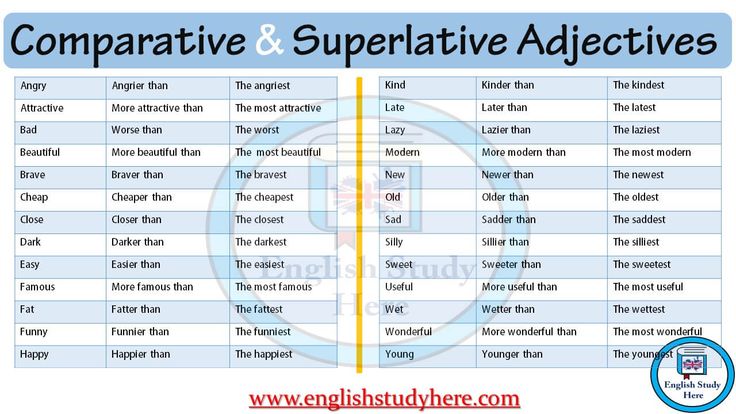 It differs in the materials that were used for its manufacture and in its functional purpose: everyday, sports, tourist and extreme, professional, shoes for ceremonial outings, dance ...
It differs in the materials that were used for its manufacture and in its functional purpose: everyday, sports, tourist and extreme, professional, shoes for ceremonial outings, dance ...
By it would seem that among all this variety of shoes it would be easy and simple to find a pair for dancing. Don't be fooled. If you set high goals for yourself, seriously engage in the studio and participate in competitions and tournaments, then you will have to spend a lot of time and effort searching for companies that produce high-quality dance shoes. And then, just as many more to find that one pair that you need.
In the world of there is a great variety of dances, and for each of them there is a very specific, specific type of footwear: pointe shoes for ballet; shoes with heels - for ballroom dancing; shoes with low, wide and stable heels - for folk dances; sneakers with a special sole - for sports and acrobatic dancing; tap dance shoes; and for the first dance steps of the kids - Czechs.
M Moreover, there is still a division within its narrow focus. So, in ballroom dancing there is a division into shoes for the European standard, for the Latin American program, training and competitive. What kind of shoes, at what stage is needed, the coach will tell you.
N there are also general recommendations. So, dance shoes should be light, durable, easily bendable in the sole, stable. It must guarantee optimal adhesion to the parquet. When choosing a model, special attention should be paid to His Majesty the heel, because he is almost the most important thing in ballroom shoes. Its presence is mandatory, both for the partner and the partner, because only the heel helps to maintain the correct balance and position in the pair.
Since , today for heels in their models, manufacturers use, along with traditional materials (leather, wood), also materials that are not yet typical for ballroom shoes, such as metal and plastic.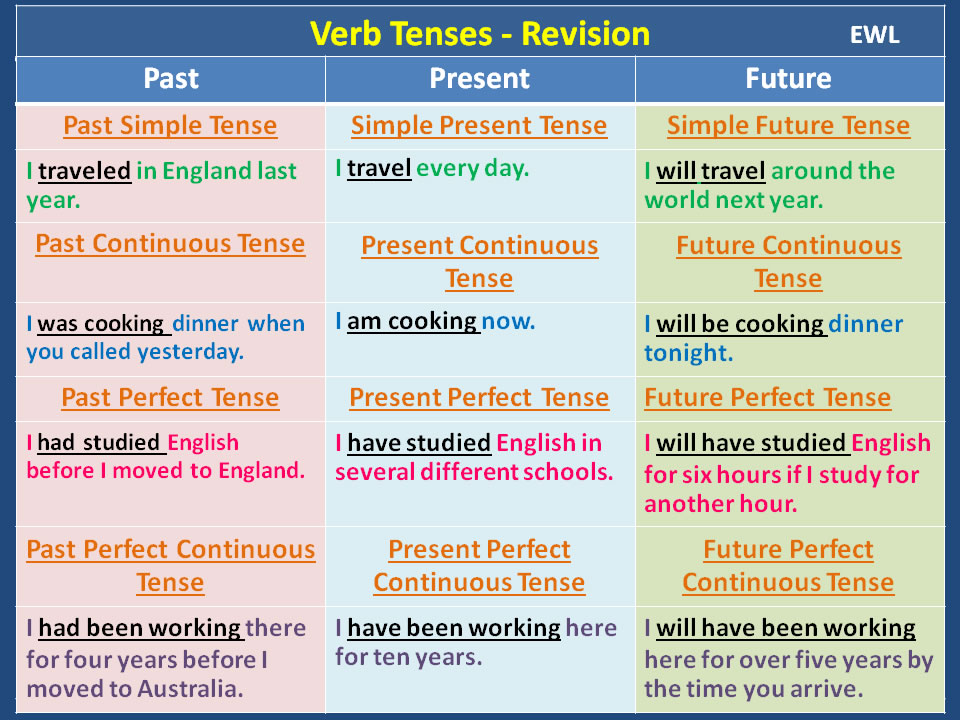 Let's suppose that for the European program such originality may turn out to be slightly risky. But in an emotional Latin American dance, it may turn out to be quite appropriate, and will help complete the image you have conceived.
Let's suppose that for the European program such originality may turn out to be slightly risky. But in an emotional Latin American dance, it may turn out to be quite appropriate, and will help complete the image you have conceived.
H As for heels in ball shoes, there is one requirement, the execution of which is mandatory in all models - the heel must be located centrally relative to the heel.
The most popular heel height for women in ballroom shoes varies from 5 to 9 cm. For men, shoes for the European program have a wide stable heel with a height of 2-2.5 cm, and for Latin American dances, a heel height of 4-4.5 cm is more convenient.
From , among the whole variety of heels, they can be divided into 3 not very clear groups in shape: flare (flare heel), thin (slim heel) and contour (contour heel) . The former are deservedly considered the most stable. Additional support for them is provided by a wider part near the floor.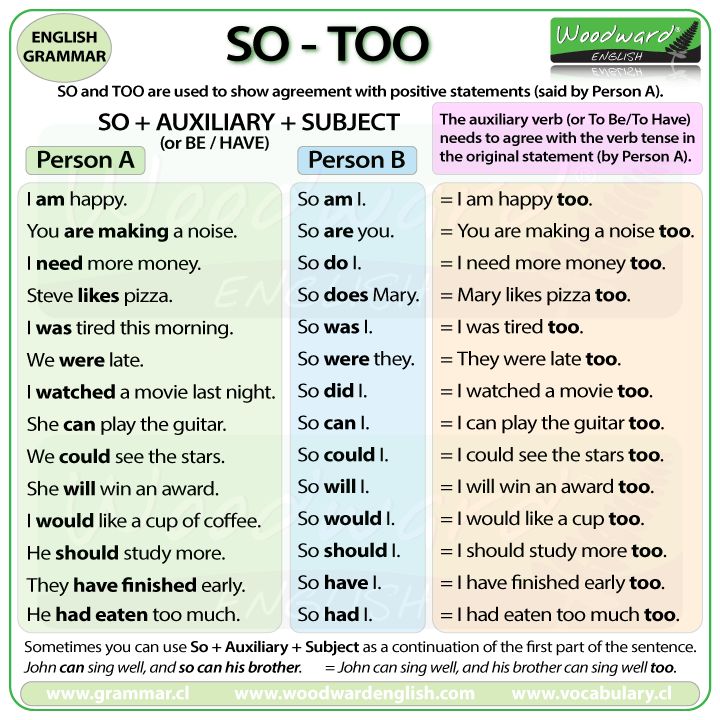 Fans love the second one for a more elegant look on the leg, although this is a subjective opinion. The third is only gaining popularity.
Fans love the second one for a more elegant look on the leg, although this is a subjective opinion. The third is only gaining popularity.
Since the most popular heel height for women in ballroom shoes varies from 5 to 9 cm. -4.5 cm. Wide heel, it is called "Latin heel" or slightly beveled "Cuban heel".
Since there are also age requirements. So, girls in the category "Children" can only perform on the floor in a "block heel" of 3-3.5 cm. Then they switch to a 4 cm flared heel. And only then, from the junior category, you can already choose any heel height, (from 5 cm to 9see) that your skill, style and direction of the dance will allow you.
To achieve high goals, and we need the beauty of dance, and prizes, and championship, there are no trifles. The right choice along the way largely determines the final result.
Good luck on the floor! And don't forget the heels...
Folk dance shoes for girls - they use wide heels 3 - 3.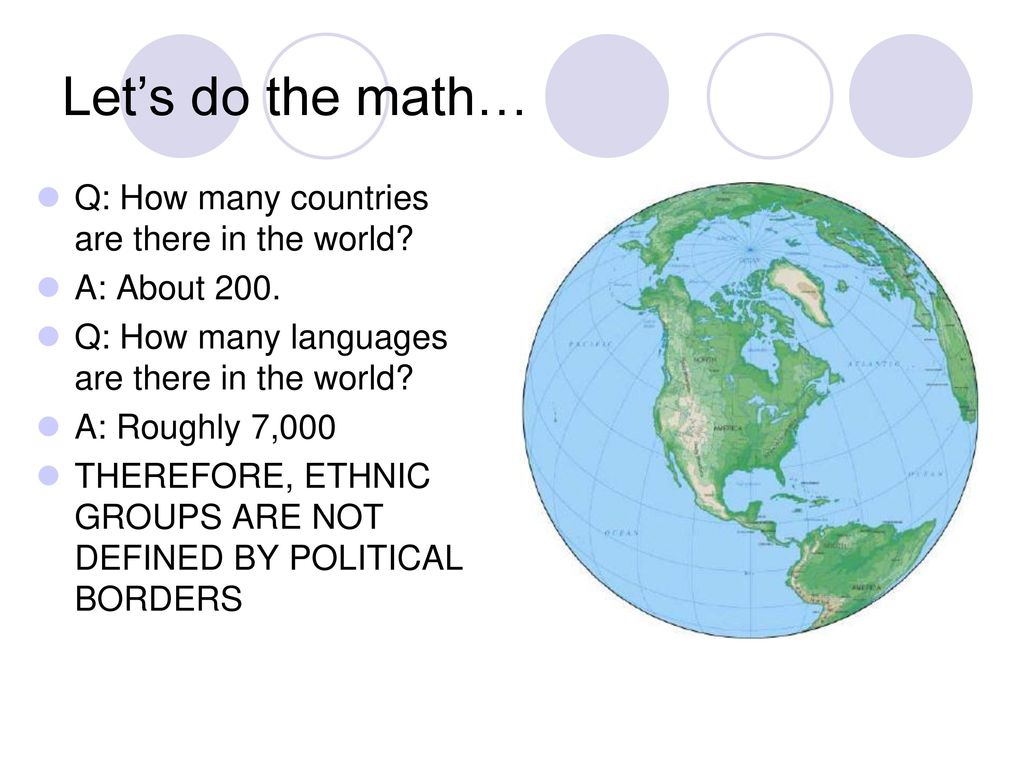 5 cm.
5 cm.
Main styles of contemporary choreography | Article in the journal "Young scientist"
This article is devoted to the concept of "modern dance" and the analysis of the main styles of modern choreography.
Keywords: dance, contact improvisation, modern dance, jazz dance, modern.
Modern dance studios often invite everyone to "modern dance" lessons. At the same time, a rare choreographer will take the liberty of giving an exhaustive definition of the concept and term "modern dance". There is simply no such definition that everyone would agree on. Nevertheless, it is necessary to think about understanding the term and concept of "modern dance". This is of great importance for choreographers working with both professional dancers and amateurs. The author of this publication aims to draw the attention of those who are fond of modern contemporary dance rhythms and forms to the fact that "modern dance", despite all its freedom from the canons of the classics, in its implicit but undoubtedly present meanings, also expresses the needs of the soul and spirit, can talk about the high, helps to find answers to the main questions of a person. And these meanings are based on the same roots that nourished and nourish the “classical” dance, since humanitarian culture exists only in its historical unity.
And these meanings are based on the same roots that nourished and nourish the “classical” dance, since humanitarian culture exists only in its historical unity.
Dance, as a form of manifestation of the inner emotional state and dialogue with the viewer based on plastic forms of self-expression, currently continues to fulfill its original function, which goes back to ancient times. As it is rightly pointed out in almost all theoretical studies, what is called "classics", "classical dance" historically grew on the basis of spontaneous creativity, and only then was cast into the "classical forms" of "classical dance". This original living creative, spontaneous environment served as the basis for what we call today "classical dance". And only later was the mutual influence of the “classics” and spontaneous creativity observed. Now, trying to trace the genesis of what we call "modern dance", we take as the main characteristics of modern dance - the differences between "modern dance" and "classical", we explore their interactions. In that sense, before "modern dance" became what it is today, it really had a long way to go.
In that sense, before "modern dance" became what it is today, it really had a long way to go.
The first manifestation of that from which we, as a rule, lead the genesis of “modern dance” is modern dance.
Modern dance, by all accounts, arose as the opposite of ballet art: if there were rigid canons and no less rigid hierarchy in ballet, then modernity turned out to be based on the philosophy of individuals who rejected these canons.
Initially, modern dance was developed primarily in the United States of America and Germany, where at the beginning of the 20th century an experimental search for creative self-expression of the individuality of choreographers began in the struggle against the conventions, formalism, and triviality of classical dance. Already at the end of the 19th century, with the suggestion of the singer, teacher and theater theorist Francois Delsarte, the basic principles of movements in modern dance were determined: non-trivial gestures, free from conventions.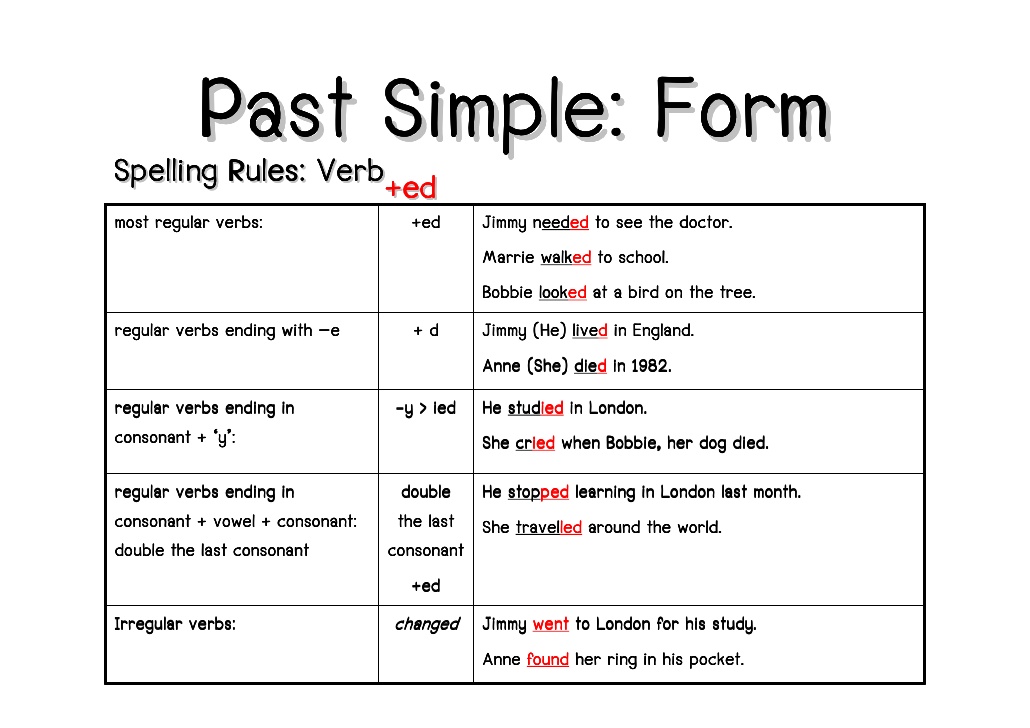 However, Delsarte created his system more for actors and musicians than for dancers, but in the dance world it took root and served as a manifesto of freedom to search for more and more new forms of dance.
However, Delsarte created his system more for actors and musicians than for dancers, but in the dance world it took root and served as a manifesto of freedom to search for more and more new forms of dance.
The first wave of modernity was characterized by the "free" dance of Isadora Duncan. Her dance was built on the philosophical soil of the East and ancient Greece. This dance was characterized by psychologism in revealing the artistic image. [one]
In turn, the American dancer Ruth Saint-Denis believed that "modern dance is a language for communication and a symbol of spiritual truth." In other words, dance is a spiritual quest, an integration between soul and body.
In Germany, choreographers tried to create a new type of dance based on the synthesis of art, science and philosophy. Combining the principles of dramatic theatrical art with the theoretical foundations of dance, they formed a conceptually new direction in choreography - "expressionist dance".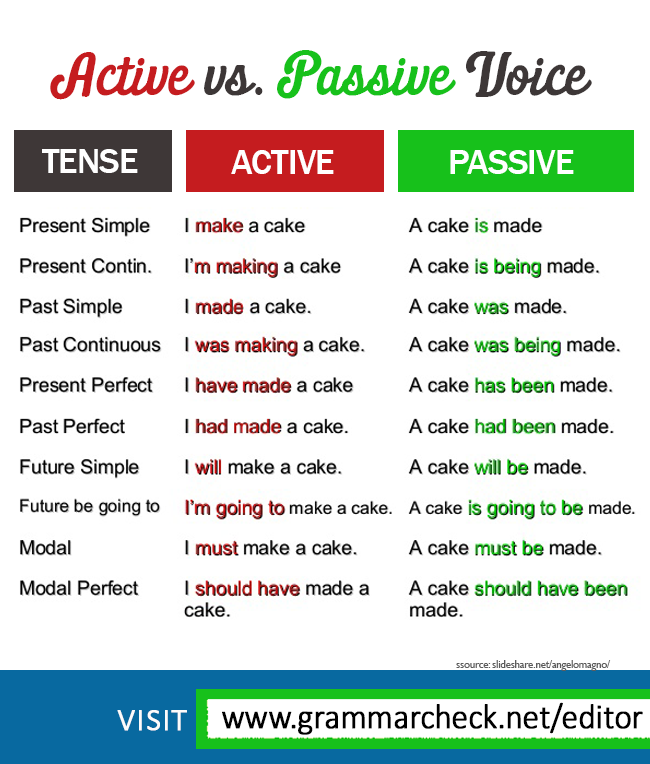
This style reflected the inner conflict of a person, the search for the essence of the knowledge of truth, the call for naturalness, self-knowledge, self-expression, unity with the world, giving rise to acute emotional states. This trend is clearly seen in the work of Rudolf von Laban, Mary Wigman, Kurt Joss, Pina Bausch. They had a positive impact on their environment and raised a galaxy of talented students who subsequently created dance schools and troupes around the world. [2]
In Russia, the situation is different. The term "modern" was not originally used, but such definitions as "modern", "rhythmoplastic", "free" dance were widespread. And modern dance began to develop successfully in Russia only in the 1920s, but was banned for ideological reasons. [2] After that, academic ballet "reigned" for a long time. A feature of the development of modern dance in Russia, due to certain political conditions, is the lack of historical experience both in the education of dancers and choreographers, and in the perception of the audience.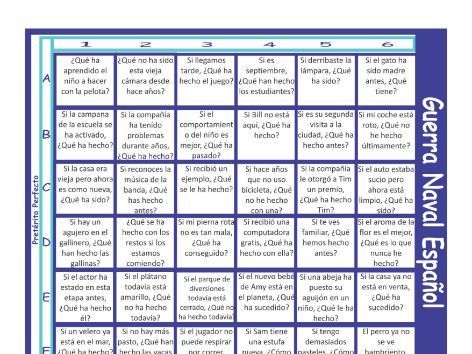 Russia is only trying to join this process.
Russia is only trying to join this process.
As noted above, modern dance originated in the United States of America. Its appearance was provoked by the desire of dancers to move away from both the traditional dogmas of classical dance and the carelessness of variety experimentation. Modern dance, which is the harbinger of contemporary, is distinguished by its interest in the inner world of a person, in the emotional content and quality of the plasticity of a moving body, its relationship with space, time and partner. This is not an entertaining and pleasing process, it is a tool for the formation of an individual choreographic language.
But no matter how much modern and contemporary intersect, these two trends are fundamentally different from each other. And above all, the fact that modern is based on the basis of classical dance, while contemporary does not. And any base, as you know, imposes limits and, accordingly, restrictions. The basis of modernity is based on four key techniques that are demonstrated by Martha Graham, Lester Horton, José Limón and Merca Cunningheim.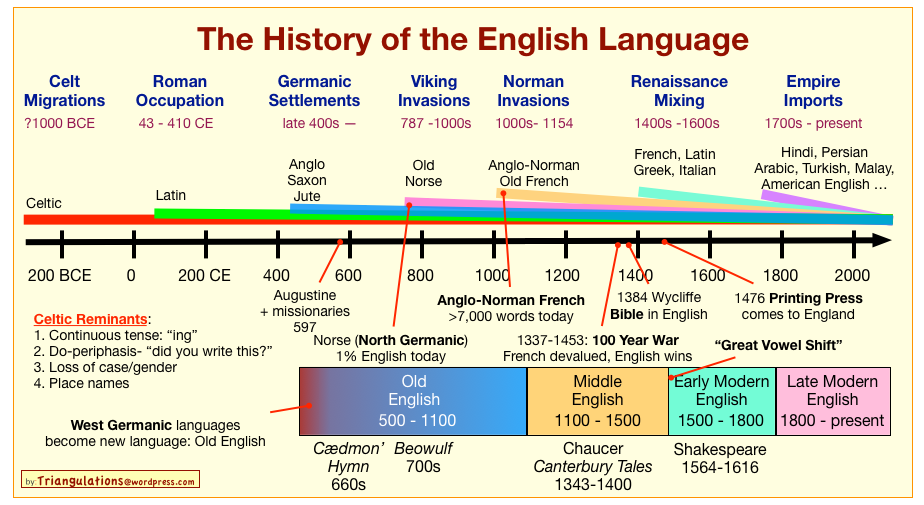 Contemporary is free from any framework. He is omnivorous. Contemporary nourishes itself with the base of modernity, and oriental gymnastics, and Israeli eider, and many others.
Contemporary is free from any framework. He is omnivorous. Contemporary nourishes itself with the base of modernity, and oriental gymnastics, and Israeli eider, and many others.
And so, again and again, we turn to such a key concept as “freedom”, in relation to the peculiarities of the styles of modern choreography. But at the same time, we still understand that absolute, abstract freedom is impossible. What limits freedom in choreography? Harmony and coherent vocabulary of dance - its meaning. We may be objected: all these are signs of a classic. We will answer this: speaking of the "vocabulary" of dance, we will venture to introduce into circulation the concept of a fabric that binds the "vocabulary" - the "syntax" of dance. In this sense, "modern dance" is the "newspeak" of dance, "lexical" and "syntactic". At the same time, harmony may not be obvious, and even more so - not superficial, but deep, contradictory, philosophical, making you think and look for answers, sometimes difficult, sometimes painful, but always - being carried away by the dancer's creativity as a grateful spectator or - as a participant dance act.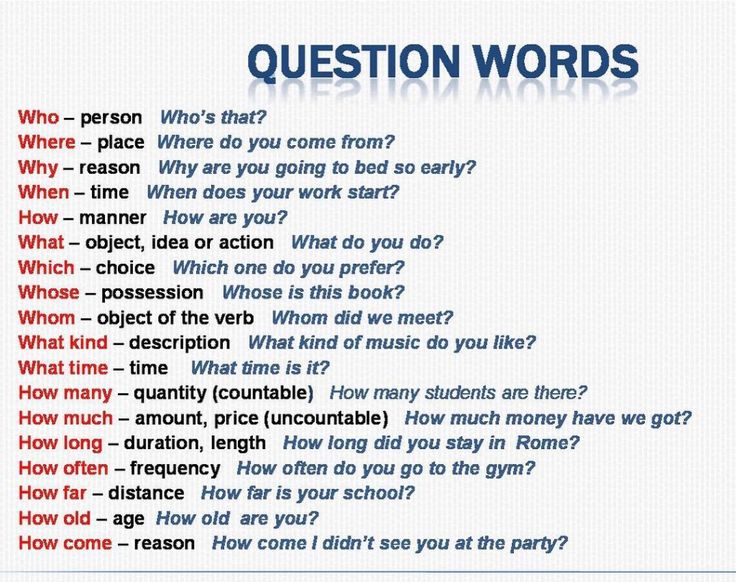 ..
..
In this sense, its own kind of dance plasticity of the body is typical, for example, for contact improvisation, a direction created in the 1970s by Steve Paxton and Nancy Stark Smith. Like free dance, contact improvisation is based precisely on the philosophical Rousseau idea that the body has its own intellect, or "wisdom". In everyday life, the “wisdom of the body” is crushed by the weight of conventions and habits, but manifests itself as soon as the body is freed from the invisible shackles of what is imposed by “classical” restrictions and other prejudices. In contact improvisation, the body is given a paradoxical freedom - it is allowed to be nothing more than a physical mass with purely physical characteristics: weight, heaviness, inertia. Like the Duncanists, the Contactees value the spontaneity and creativity of the dancers themselves, and consider directing and choreography to be "dance's worst enemy." Therefore, their classes often turn into an informal session, which, like in jazz, is called a jam session, where everyone improvises and learns from each other.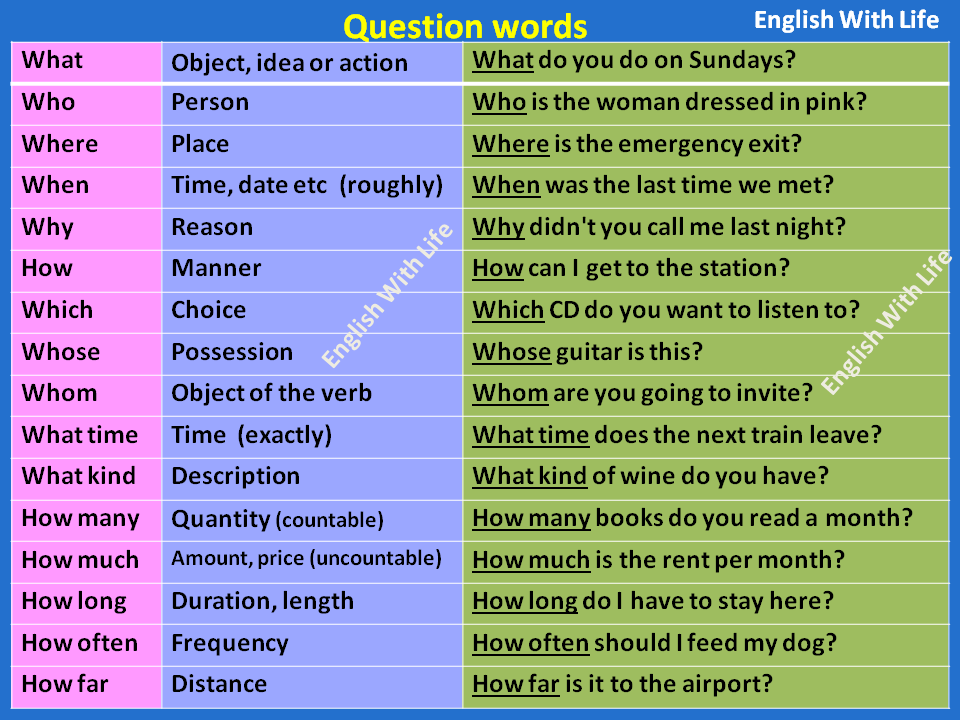 Important terms in this case are such concepts as “give” and “take weight”, “give support”, indicating that the body is still not completely reduced to physical mass, and that such psychological qualities as trust play important role in contact improvisation. As in Duncan's class, there are no mirrors at the contact jam session - the dancer's attention should be focused not on the external form, but on the internal sensations.
Important terms in this case are such concepts as “give” and “take weight”, “give support”, indicating that the body is still not completely reduced to physical mass, and that such psychological qualities as trust play important role in contact improvisation. As in Duncan's class, there are no mirrors at the contact jam session - the dancer's attention should be focused not on the external form, but on the internal sensations.
Another type of "dance body" - "jazz body", was brought to Europe by African-American Josephine Baker. In jazz dance, the center of gravity is shifted down or has no certainty. The body seems to lose its integrity - its different parts move independently of each other. For jazz music, energy and tempo are characteristic, for the "jazz body" - dynamics, mobility. [3]
Returning to jazz improvisations as an inexhaustible source of ideas, it is worth emphasizing that jazz dance itself arose as a combination of musical cultures of different peoples and national traditions.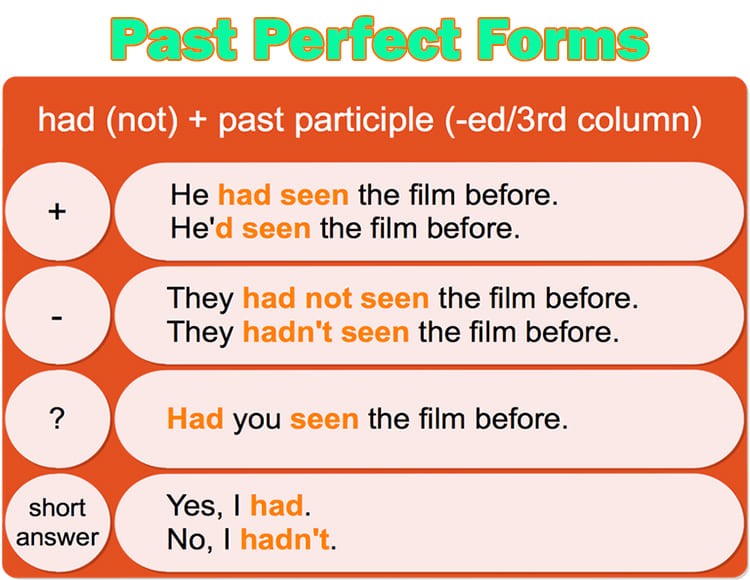 The origins of jazz are associated with the blues, with a mixture of African rhythms and European harmony. Jazz dance, having gone from everyday and folklore dance through stage, theatrical, gradually became a special kind of dance art and, as a result, captured the whole of Europe.
The origins of jazz are associated with the blues, with a mixture of African rhythms and European harmony. Jazz dance, having gone from everyday and folklore dance through stage, theatrical, gradually became a special kind of dance art and, as a result, captured the whole of Europe.
The main directions of jazz dance: Broadway jazz, Afro-jazz, hot jazz, lyric jazz. In general, there are more than a dozen styles of jazz dance. Giving them definitions is a thankless task. On the Internet, everyone can not only get a description of each of these styles, but most importantly, see the practical plastic incarnations performed by their best representatives.
One of the most popular directions, which is impossible not to mention in this regard, is also Hip-Hop. This is a whole subculture that originated in New York and initially included four elements - DJing, graffiti, msing, bboying. [four]
Modern Hip-Hop dance can be described as an eclecticism of a large number of dance styles that have existed and developed in the United States from the 1920s to the present: Locking, Popping, Breaking, Waacking, Dance-hall, as well as a large number of social dances.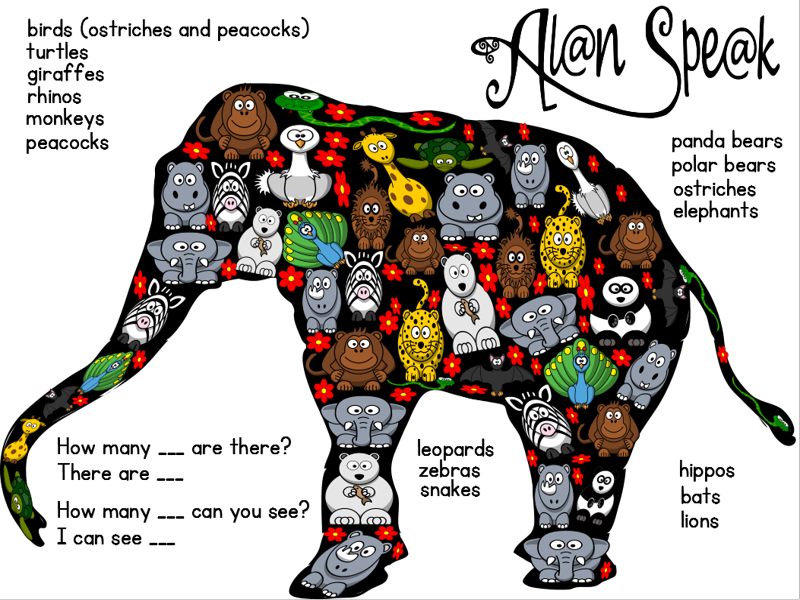
By the way, about "social dances" - another vivid example of what "modern dance" includes in its broadest sense.
"Street dance" in the first approximation is a form of communication and leisure in the conditions of the modern social environment, when there is no opportunity or desire to look for a dance floor, but you can start moving rhythmically and experience a feeling of freedom and happiness from this, surrounded by those to whom this desire is also not alien. "Street dance" even more than all the others, is characterized by improvisation and freedom. The variety is simply immeasurable. You can often hear: “But on our street they dance it differently!” The fact is that such dances were performed by completely non-professionals. They interpreted almost every movement in their own way to express their personal individuality. This is how many street styles of modern dance appeared, the list of which is quite extensive. These are hip-hop, breakdance, popping, locking and many others.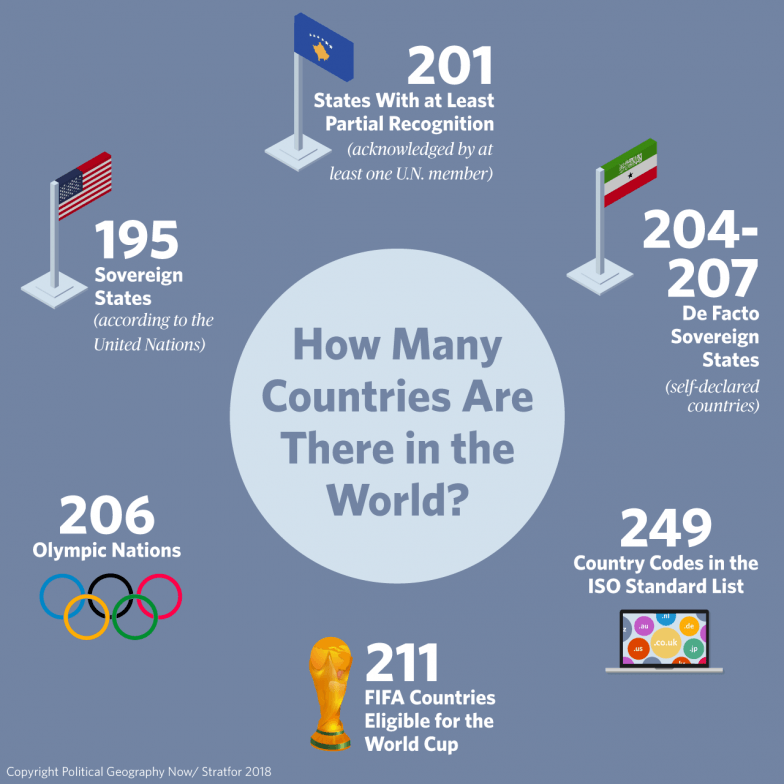 As this direction developed, competitions began to be held, when two dancers endlessly improvised in movements, enjoying absolute freedom from any style restrictions. Now such battles have become large-scale and very popular. The program usually includes both already staged and rehearsed compositions, as well as quick improvisation of movements by teams. At the same time, someone is proud that he dances in the style of recognized local luminaries, while someone prefers only the newest and most modern types of dance styles.
As this direction developed, competitions began to be held, when two dancers endlessly improvised in movements, enjoying absolute freedom from any style restrictions. Now such battles have become large-scale and very popular. The program usually includes both already staged and rehearsed compositions, as well as quick improvisation of movements by teams. At the same time, someone is proud that he dances in the style of recognized local luminaries, while someone prefers only the newest and most modern types of dance styles.
The list of the most relevant styles for today in the youth environment looks like this: modern, contemporary, jazz, house, waacking, jazz-funk, vogue, strip, go-go, dancehall, twerk, hip-hop, break dance, popping, locking.
To list all the styles that we associate with the concept of "modern dance" is almost impossible: the list is extremely impressive and continues to grow. This dizzying variety of styles is a fantastic field for creative development.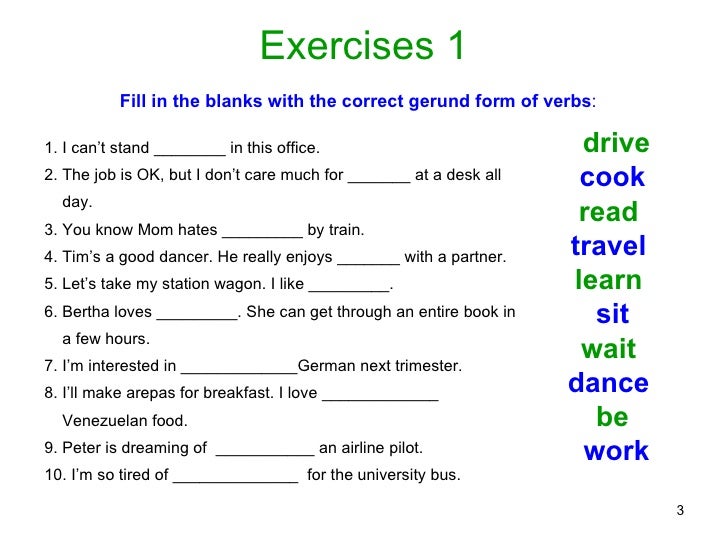 Each direction and style has its own individual features and characteristics. And only one thing can be absolutely certain: dance is something that will always be next to a person as a wonderful form of expressing his emotional state. After all, how often people jump or dance for joy, don't they? Today, everyone can choose their own dance, which is more suitable for their perception of the world. You can train even at home, if the soul asks, and you still don’t know exactly what you would like. Over time, preferences will become clear. In any case, you just need to start moving. And it will be simply impossible to stop!
Each direction and style has its own individual features and characteristics. And only one thing can be absolutely certain: dance is something that will always be next to a person as a wonderful form of expressing his emotional state. After all, how often people jump or dance for joy, don't they? Today, everyone can choose their own dance, which is more suitable for their perception of the world. You can train even at home, if the soul asks, and you still don’t know exactly what you would like. Over time, preferences will become clear. In any case, you just need to start moving. And it will be simply impossible to stop!
Literature:
- Nikitin V. Yu. Modern Jazz Dance: Stages of Development. Method. Technique. M.: One of the best, 2004. 414 p.
- Nikitin V.Yu. Modern dance in Russia: trends and prospects // Vestnik MGUKI. 2013. No. 2 (52). pp. 232–238
- Irina Sirotkina "What is modern dance". Electronic resource. Access mode: https://arzamas.

